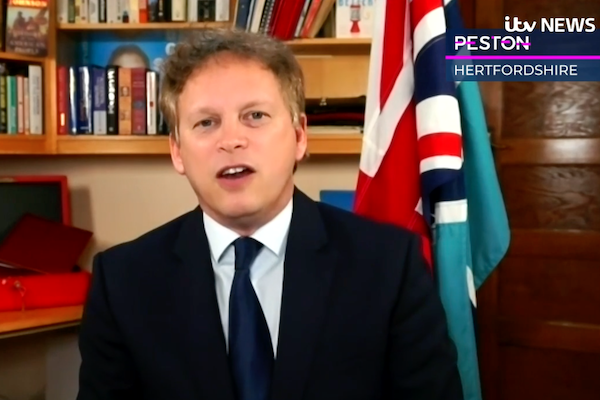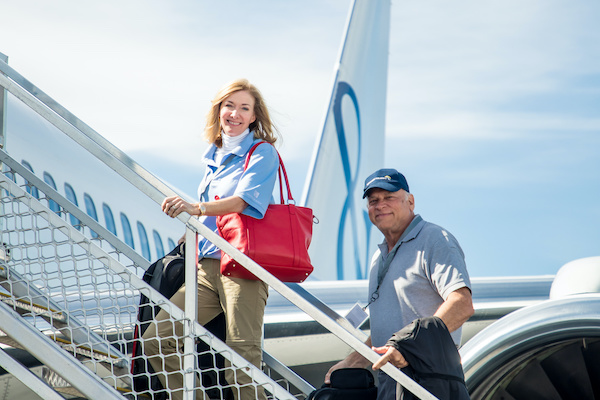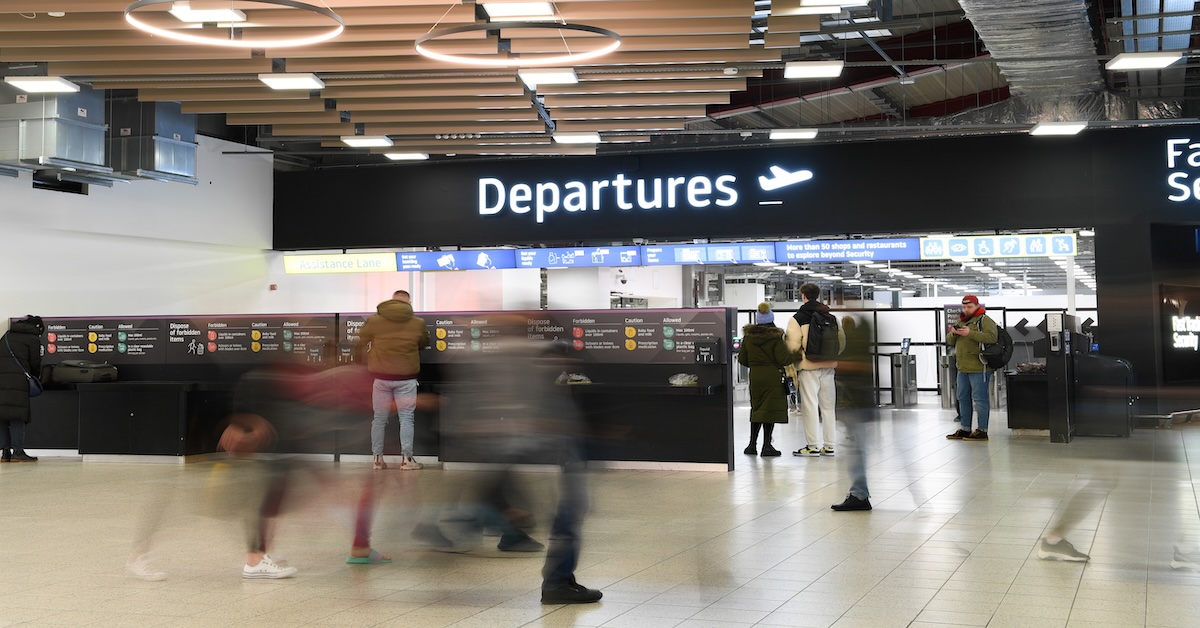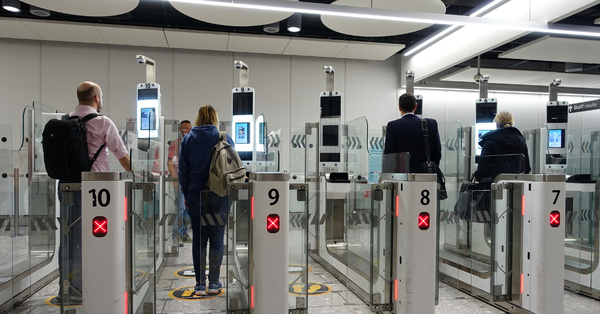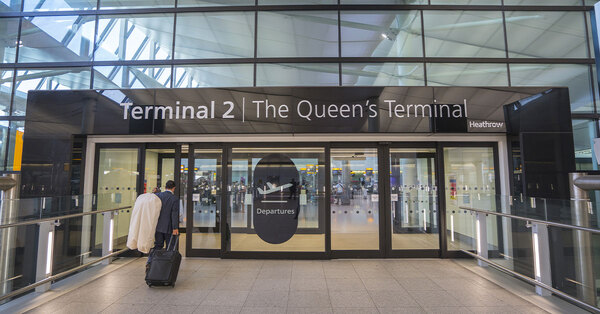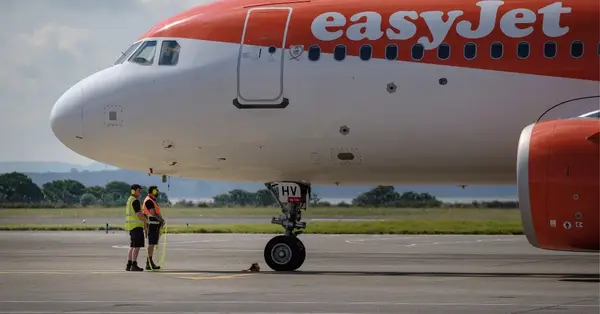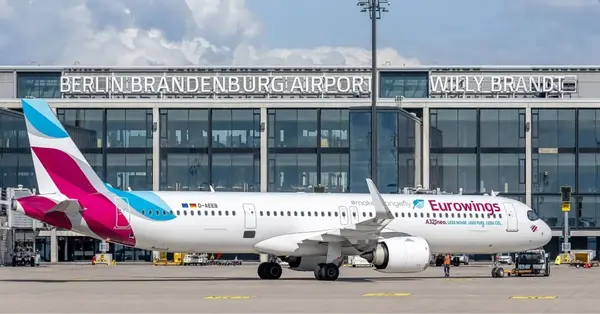You are viewing 1 of your 2 free articles
Taskforce reviews to consider quarantine and vaccine certification
The government’s Global Travel Taskforce plan to restart international travel could see a limited re-opening from May 17 with costly Covid-19 test requirements giving way to a wider, more relaxed and less expensive regime from July or August.
The taskforce report promises three reviews of the opening regime no later than June 28, July 31 and October 1 and includes a pledge to “work with the travel industry and testing providers to see how we can reduce the cost of travel”, including use of cheaper tests.
These reviews will look at issues including “self-isolation, managed [hotel] quarantine and . . . proof of vaccination”.
However, the government makes clear uncertainty will remain for travellers as restrictions could change at short notice.
The report states: “We cannot yet confirm resumption of international travel from May 17. We will provide further details by early May.”
And it warns a “robust reopening from May 17 at the earliest does not mark a ‘return to normal’ for international travel. Monitoring and compliance activity will remain.
“The UK government is prepared to put the emergency brakes on reopening international travel.”
In an introduction to the report, transport secretary Grant Shapps further warns: “We cannot allow mass international travel to become a major vector for the introduction into the UK of dangerous Covid-19 variants. The recent surge in infection rates in Europe has highlighted the challenges.
“Even as we seek to re-open international travel, we cannot rule out future restrictions. Be in no doubt: this government will act swiftly if the need arises.”
The report makes clear the regime applies only to England and there could be diverging requirements and restrictions across the country.
The government pledges to “work with the Devolved Administrations to align arrangements wherever possible across the UK”. But it notes: “Health matters are devolved, so decision-making and implementation may differ across the UK’s administrations.”
The report makes 14 recommendations, five of which are key. These are for:
A ‘traffic light’ system of green, amber and red applied to ‘low’, ‘moderate’ and high risk’ countries.
A ‘Green Watchlist’ to “support travellers identify countries at risk of moving from green to amber”.
Three review ‘checkpoints’ of measures not later than June 28, July 31 and October 1.
Certification of Covid-19 status for tests and “if necessary, vaccines” for outbound travel
And the restart of international cruises in line with the traffic light system.
The report states: “The allocation of countries will be kept under review and respond to emerging evidence, with a particular focus on ‘variants of concern’.
“The Joint Biosecurity Centre will publish data and analysis to support the process of allocating countries.
“Allocations will inevitably change. To give travellers more certainty we will introduce a Green Watchlist to help identify the countries at risk of moving from green to amber, meaning the traveller would need to self-isolate on arrival.
“Foreign, Commonwealth and Development Office (FCDO) travel advice will provide guidance on individual risks for travellers in third countries and Covid-19 public health and border measures.”
The report notes evidence of pent-up demand for travel, but it also stresses public support for maintaining restrictions at the border.
It states: “There is evidence that passengers want to see measures to ensure travel abroad is safe.
“Focus groups show passengers are keen to see the implementation of as many simultaneous interventions as possible to feel safe when travelling abroad.
“Passengers in recent focus groups indicated they expect wider travel measures to remain for the duration of the vaccine programme.”

